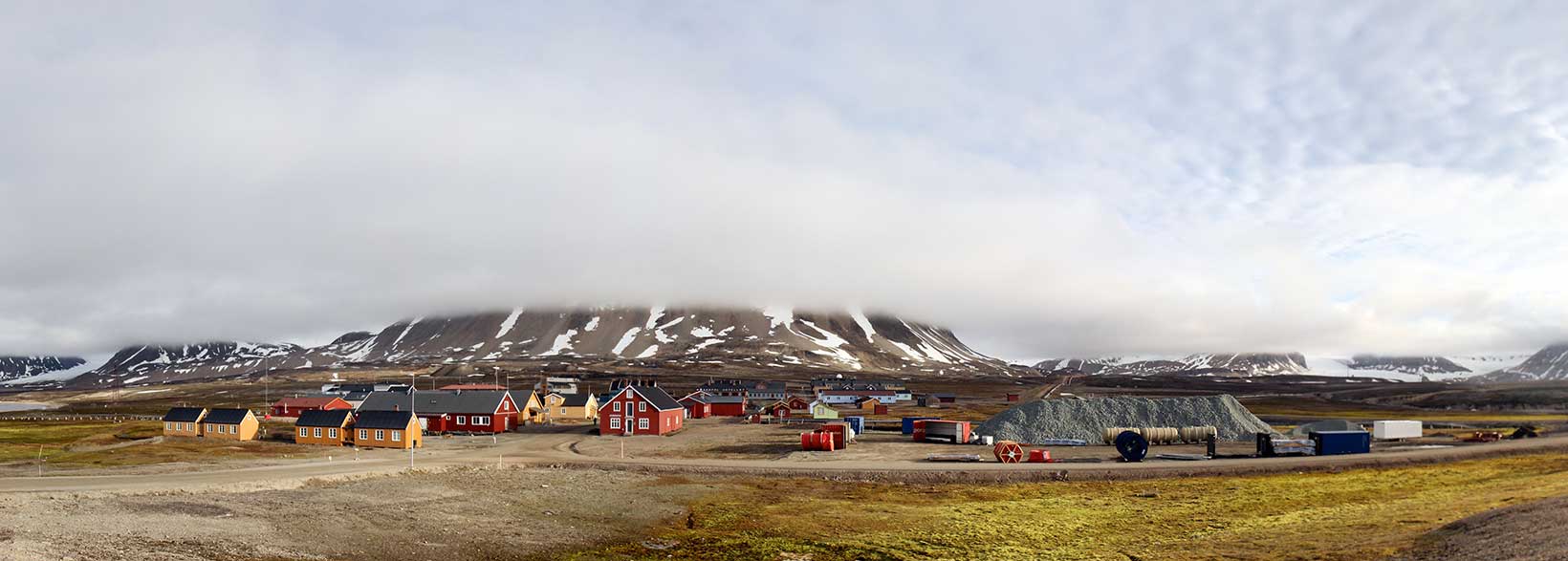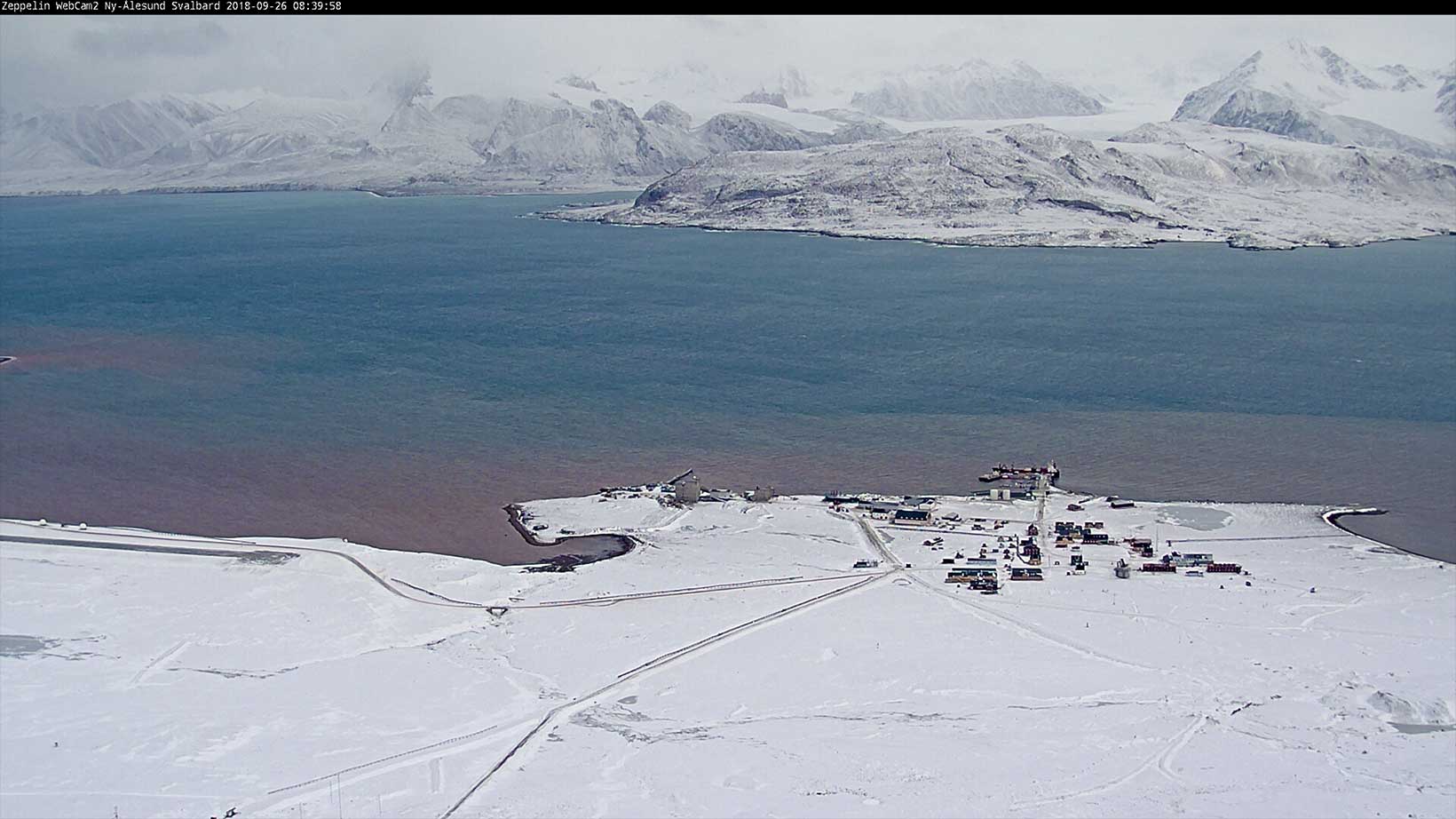The UK Arctic Research Station at Ny-Ålesund in Svalbard is the UK’s only long term presence in the Arctic.

The UK Arctic Research Station is the UK’s only long term presence in the Arctic. It is operated and managed by the British Antarctic Survey (with support from NERC) and is located at 78°55’30”N 11°55’20”S in the research village of Ny-Ålesund on the Svalbard archipelago. The station, established in 1991, provides facilities and accommodation for researchers from UK universities, research institutes and international research partners who want to carry out environmental research relevant to the NERC Arctic Research Programme. You can take a virtual tour of the Station here.
Find out about the most recent science and research projects at the Station here.
Take a tour of the UK Arctic Research Station
Station leader Iain Rudkin leads the tour around the Station at Ny-Ålesund, Svalbard.
Staying at the Arctic Research Centre
Webcams located in Ny-Ålesund can give us an up to date idea of what it might be like to stay at the Arctic Research Centre.

- Visit the webcams
- Would you like to stay at the Research Centre?
- What kind of research would you carry out?
- What characteristics do you think it is important that an arctic researcher possesses?
Researchers who would like to use the UK Arctic Research Station must submit an application to NERC, stating the objectives of the research, the programme of fieldwork they intend to carry out, and how they are going to fund their work. The applications are then assessed and if the proposal is approved, they will receive a letter inviting them to use the centre. The centre is only open between March and September, so it is a competitive process! Safety is very important in the field, especially in the Arctic where conditions can be challenging. Researchers are provided with a lot of information before they travel to Svalbard, including health and safety advice, guidance on what clothing and equipment to bring, and the facilities available at the centre.
The Arctic Research Station Manager Iain Rudkin who took over from Nick Cox. Nick had worked at the centre since it opened in 1991! In 1998 he wrote this Safety Guide for researchers visiting the centre. It explains the answer to the question posed at the start of the Arctic Science section: why all researchers need to be trained to use a rifle… It also gives some other safety advice for if you come face to face with a polar bear.
